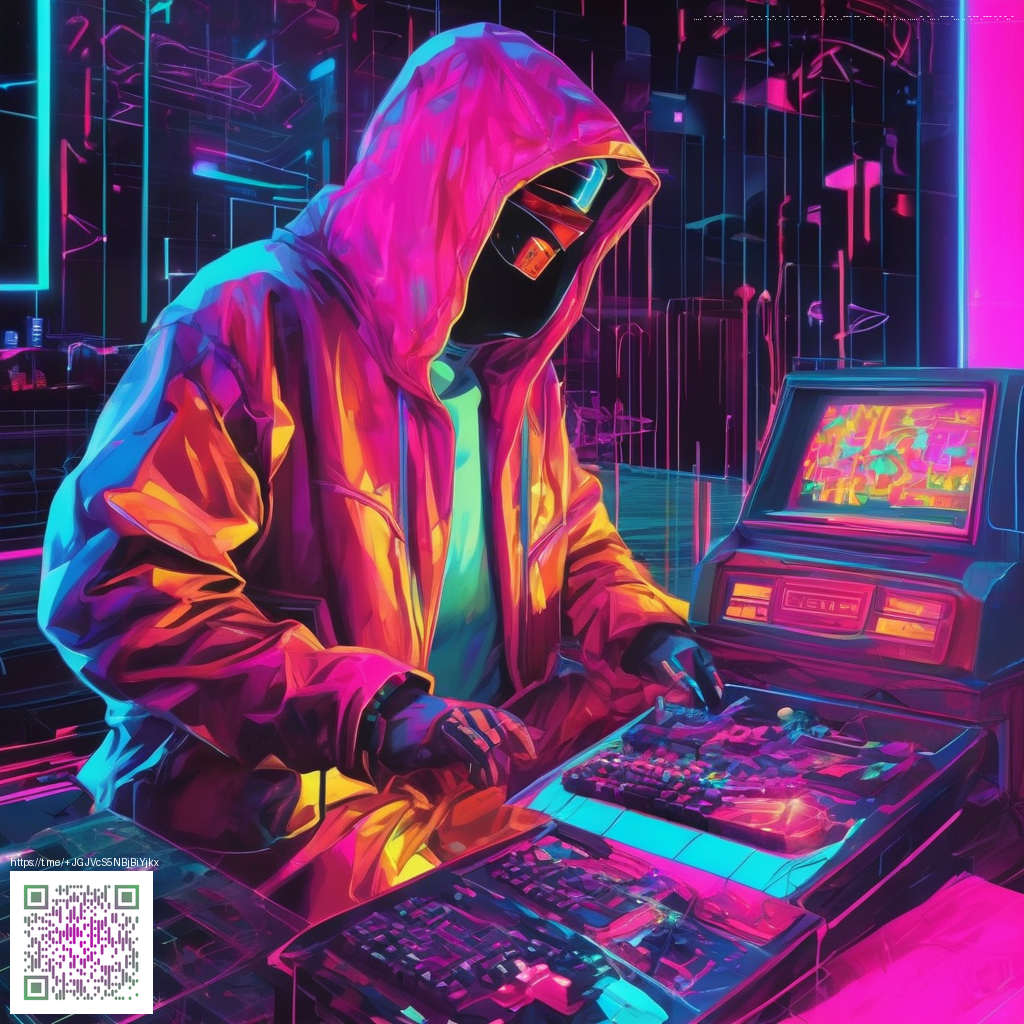
Maintaining Brand Consistency with Canva: A Practical Guide
Brand consistency isn’t a one-and-done task; it’s a living system that keeps your audience from guessing who you are. When a customer sees your logo, color palette, typography, and imagery across a product page, social post, and email, they recognize your business without consciously decoding every detail. Canva is more than a design tool—it's a central hub for building and maintaining that system. With thoughtful setup and disciplined workflows, you can scale cohesive visuals across channels, laser-focused on clarity, trust, and recognition. 🎨✨
Unified visual language: the backbone of brand memory
At the heart of brand consistency is a unified visual language. Canva makes it practical to codify this language into a repeatable framework. Start by establishing a Brand Kit that houses your core colors, logo variations, and approved fonts. When everyone on your team selects elements from the Brand Kit, you drastically reduce the risk of accidental color clashes or mismatched type. Even small teams can achieve huge gains in efficiency and clarity. 🧭
Beyond colors and fonts, think about imagery style. Create templates for social posts, banners, and product pages that reflect a single mood—whether that’s bold and energetic or calm and minimalist. Canva can store these templates so editors don’t reinvent the wheel with every asset. The result is a reliable rhythm across touchpoints, from feed visuals to landing pages, that makes your brand instantly recognizable. 💡
Templates, libraries, and templates again—why they matter
Templates are not just time-savers; they are guardians of consistency. Build a library of reusable layouts for key channels: Instagram tiles, Facebook ads, Pinterest pins, email headers, and product photography backdrops. Use the same grid, margins, and logo placement, and you’ll see a tangible lift in perceived quality. When your team can drop in colors from the Brand Kit and place logos in the same safe zones, your content stops looking like a collage and starts looking like a suite of brand-authenticated assets. 🚀
As you publish, consider how to bridge product storytelling with brand rules. For instance, a MagSafe-compatible phone case with card holder—listed here as an example product—should appear with your chosen palette and typography across product pages and promos. Keeping visuals aligned helps customers move from awareness to purchase with confidence. the product page becomes a natural extension of your brand’s aesthetic, not a separate design. 🧷
“Consistency isn’t about strict uniformity; it’s about predictable quality that makes your audience feel at home with every interaction.”
Practical steps to bake brand consistency into Canva workflows
- Set up a Brand Kit with your color codes, logo variants, and preferred fonts to ensure every design uses the same elements.
- Create templates for recurring assets (social posts, banners, product pages) so editors don’t start from scratch each time.
- Organize your assets with clear folders and naming conventions so team members can find approved images and layouts quickly.
- Lock approvals into the process require a quick review before assets go live, catching deviations early.
- Document usage rules in a brief brand guide linked to Canva projects, so new hires learn the standard language fast. 📝
When teams follow these steps, you can measure gains in speed and quality. It’s not just about looking good; it’s about reducing decision fatigue and enabling faster, more confident publishing. A well-run Canva workflow translates into fewer reworks and more time to focus on strategy and storytelling. ⏱️💬
Measuring your brand’s consistency in practice
How do you know you’re moving in the right direction? Start with simple benchmarks: visual alignment across channels, usage of the Brand Kit across teams, and the proportion of assets created directly from approved templates. Track time-to-publish improvements, too. If a monthly report shows design variations decreasing and engagement metrics rising, you’re likely hitting the mark. A consistent look often correlates with stronger trust signals and better recall. 📈
Don’t overlook smaller cues, like typography rhythm, image crops, and logo treatments. Even tiny inconsistencies—an overexposed product shot, a slightly different logo version, or an extra accent color—can subtly erode brand confidence. A disciplined Canva setup acts as a magnifier for quality, catching these details before they go live. 🧭
Common pitfalls and how to avoid them
One common trap is duplicating work across projects instead of reusing templates. Resist the impulse to recreate the wheel; instead, train your team to rely on ready-made layouts and palettes. Another pitfall is neglecting accessibility—colors that look vibrant on screen can fail contrast tests for readability. Use Canva’s built-in accessibility checks and ensure your Brand Kit includes accessible color pairings. Finally, avoid overcomplicating the Brand Kit; a lean set of core colors, two logo variants, and one or two typefaces usually yields the best long-term consistency. 🎯
Incorporating Canva into daily workflows can feel liberating once the system is in place. Your design team gains speed, marketers gain confidence, and product storytelling becomes more cohesive—every asset carrying the same signature, every post resonating with familiarity. It’s a practical way to extend brand equity across every channel, from micro-interactions to major campaigns. ✨
Similar Content
Related link: https://s-vault.zero-static.xyz/007cecb2.html